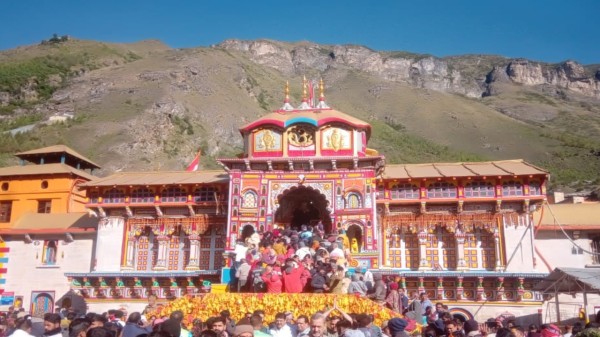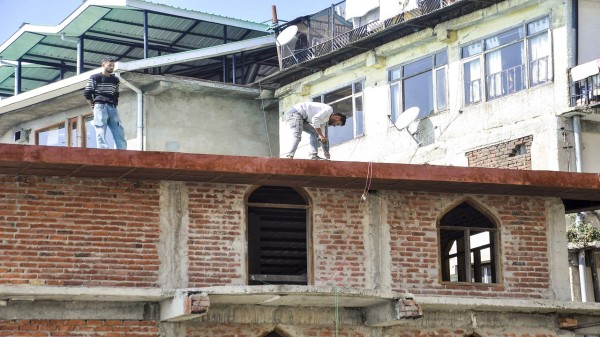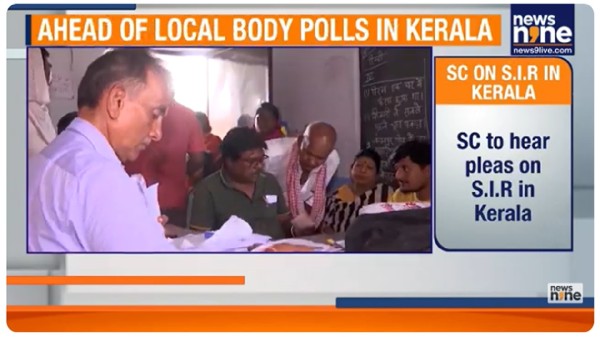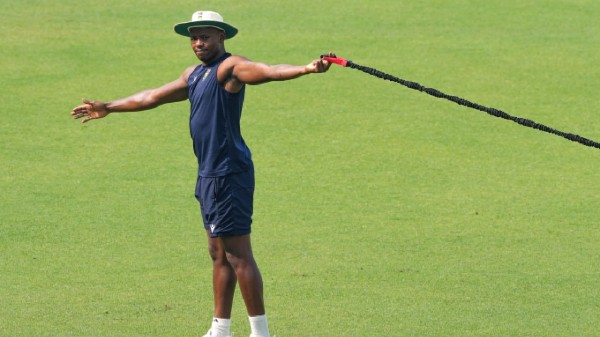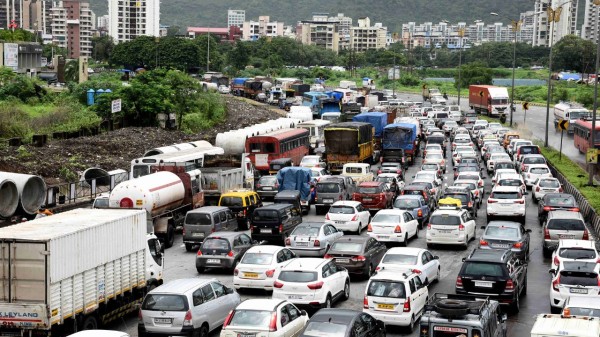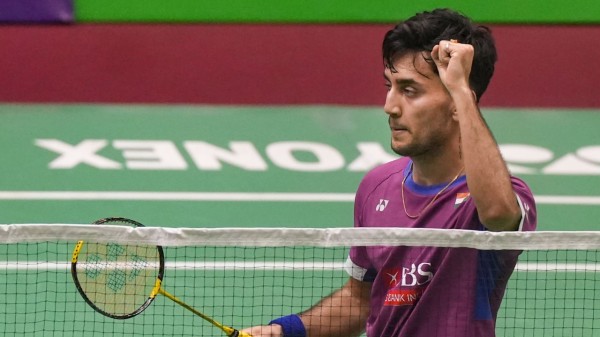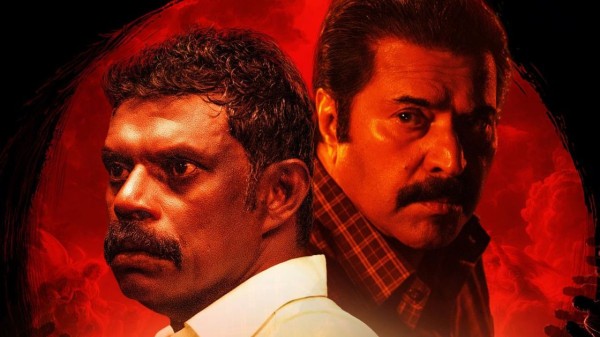

By signing in or creating an account, you agree with Associated Broadcasting Company's Terms & Conditions and Privacy Policy.


By signing in or creating an account, you agree with Associated Broadcasting Company's Terms & Conditions and Privacy Policy.
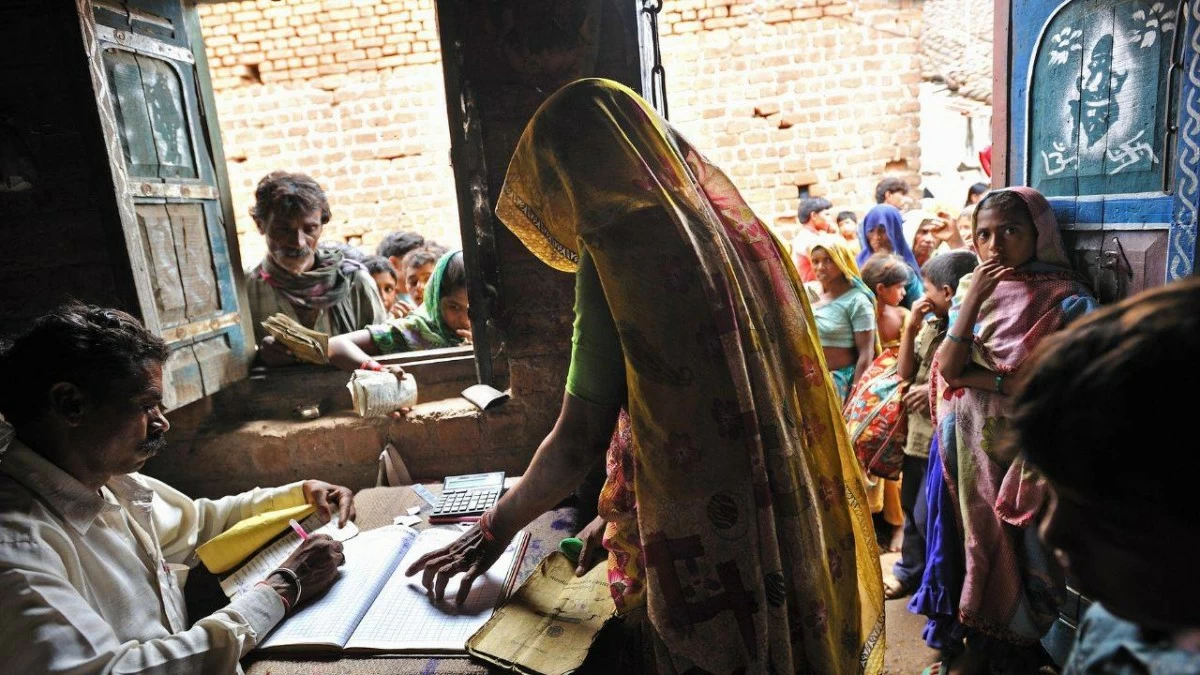
New Delhi: Social security is an important aspect of governance and the PM Narenndra Modi-led BJP government has made sure that it comes up with social security schemes for the different classes of citizens of the country. So if there is a Public Distribution System (PDS) for those below the poverty line, there is the Atal Pension Yojana for all adults in the country upto the age of 40 years. Some of the social security schemes of the Union government are as follows:
1. Pradhan Mantri Shram Yogi Maan-Dhan Yojana: The Pradhan Mantri Shram Yogi Maan-Dhan Yojana is a voluntary and contributory pension scheme launched by the Central government to provide social security to the workers from the unorganised sectors. The scheme is defined as a voluntary and contributory pension scheme, wherein 50% of the contribution is made by the beneficiary, while the rest (50%) comes from the Central Government. The beneficiary can contribute anything between Rs 55 to Rs 200 depending upon their age.
To become eligible for the scheme a person must be an Indian citizen, should be working in the unorganised sector, such as he or she must be a street vendor, agricultural worker, construction site worker, working in an industry, carpenter and other such unorganised sector work. The person must be between the age of 18 to 40 years, their monthly income must be below Rs 15,000 and he or she must not be a member of government funded schemes like EPFO, ESIC or NPS.
The benefits of the Pradhan Mantri Shram Yogi Maan-Dhan Yojana are as follows:
a) Beneficiaries will receive Rs 3,000 as monthly pension after attaining age of 60 years
b) After the death of the beneficiary their spouse will get 50% of the monthly pension
c) If both husband and wife join this scheme, they are eligible for Rs 6000 monthly pension jointly
2. PDS: The PDS, which stands for Public Distribution System is one of the oldest schemes of the Indian government. The beneficiaries of this scheme must be Indian citizens. Those below the poverty line are eligible. The family seeking benefits under the PDS scheme must not have any family member between the age group of 15 to 59 years. Any family which has a disabled member and those who do not have a permanent job and only engage in casual labour are all eligible to get benefits under the scheme.
The following benefits will be given to the families under the PDS scheme:
a) Below poverty line families are eligible to get 35 kg of rice or wheat every month, while those above the poverty line are entitled to get 15 kg of grains monthly
b) The scheme is being implemented based on One Nation One Ration Card which helps the migrant workers to receive food grains wherever they are working
3. Atal Pension Scheme: The people who want to avail benefits under the Atal Pension scheme must be Indian citizens. They must be between the ages of 18 to 40 years and must have a bank account linked to Aadhar. This scheme is also focused on the unorganised sector workers. Government makes a contribution to this scheme for 5 years for those who are not covered by any other Statutory Social Security Scheme and are not income tax payees.
a) The contributor will get anything between Rs 1000-5000 or will get an accumulated sum after his death
b) The accumulated amount will be given to the spouse and in case the spouse is also dead then to the nominee
4. Pradhan Mantri Jeevan Jyoti Yojana: The Pradhan Mantri Jeevan Jyoti Yojana is a one year cover term life insurance scheme which is renewable from year to year. This offers life insurance cover in case of death of the beneficiary, due to any cause.
People seeking benefits under this scheme must be Indian citizens. They should be in the age group of 18 to 50 years and have a Jandhan or savings bank account. The amount payable by the beneficiary can be auto debited from his or her account after receiving consent by the banks.
The person seeking benefits under the scheme needs to pay Rs 436 every year and after his death his or her dependents will receive Rs 2 lakh under the Pradhan Mantri Jeevan Jyoti Yojana.
5. Pradhan Mantri Awas Yojana (Urban): The Pradhan Mantri Awas Yojana is the most famous scheme of the current government. It is often highlighted at political rallies and is considered to be one of the pet projects of PM Narendra Modi. The programme is implemented by the Ministry of Housing and Urban Affairs. It aims at providing houses to all eligible people in urban areas.
Houses falling under Extremely Weaker Section, Middle Income Group and Lower Income Group can get houses under the scheme. The applicant or his family members should not have a pucca house and the family must not have previously availed the benefits of any other housing related schemes previously.
Slum rehabilitation: This gives houses to slum dwellers. It is implemented in partnership with private developers using land as a resource
Promotes affordable housing through credit linked subsidy schemes. Houses falling under Lower Income Group , Middle Income Group and Extremely Weaker Sections are eligible for benefits under the scheme.
6. National Social Assistance Programme (NSAP) - Old Age Protection: The National Social Assistance Programme is a centrally sponsored scheme of the government of India. It provides financial assistance to the elderly widows and persons with disabilities. The scheme is meant for those below the poverty line. This was started in 1995.
Any person who is an Indian citizen and should not have any regular source of income including contribution from other family members to avail benefits under the NSAP. The government contributes anything between Rs 300 to Rs 500 based on the age group of the beneficiaries. The monthly pension received under the scheme is Rs 1,000 to Rs 3,000 depending upon the state's contribution. So in this scheme both the Centre and the states contribute money.
7. Ayushman Bharat Pradhan Mantri Jan Arogya Yojana: Ayushman Bharat Jan Arogya Yojana is a flagship programme of the current BJP government. It was launched based on a recommendation of the National Health Policy 2017. This scheme's aim is to promote Universal Health Coverage.
The scheme aims to cover those belonging to the Scheduled Castes and Scheduled Tribes. The families having no male members aged between 16 to 59 years and beggars surviving on alms are eligible to get benefits under this scheme.
a) Health cover of Rs 5 lakh per family per year is provided under the scheme for secondary and tertiary care
b) Free hospitalization is provided to the eligible persons.
Currently there are 55 crore beneficiaries of this scheme, who form the bottom 40 per cent of India's population in terms of income.
8. Pradhan Mantri Kisan Mandhan Yojana: The Pradhan Mantri Kisan Mandhan Yojana was launched on September 12, 2019. The aim of the scheme was to ensure better income for the farmers of the country. To be eligible for the scheme, a person must be a citizen of India. He should be a small or marginal farmer and hold cultivable land up to 2 hectares as per land records of the concerned state/Union Territory. The entry age for the scheme is 18 to 40 years.
The farmers will get
a) Assured pension of Rs 3,000 per month after the age of 60 years.
This is once again a contributory scheme, wherein the farmer has to contribute anything between Rs 55 to Rs 200 for a minimum of 20 years and a maximum of 42 years, based on their age.
9. National Safai Karamcharis Finance and Development Corporation: The National Safai Karamcharis Finance and Development Corporation is a wholly Government of India owned undertaking. It works under the aegis of the Ministry of Social Justice and Empowerment. The members of the corporation must be Indian citizens involved in cleaning work. The organisation is working towards eliminating manual scavenging, from the face of India.
The scheme provides financial assistance to the safai karamcharis and their dependents.
10. Pradhan Mantri Suraksha Bima Yojana: Pradhan Mantri Suraksha Bima Yojana is a one year cover, renewable from year to year. This is an accident insurance scheme offering financial help in case of accidental death or disability. All saving bank account holders between the age of 18 to 70 years, those having Jandhan accounts with Aadhar card linked to their accounts and all Indian citizens are eligible to get benefits under this scheme.
The account holder has to pay a premium of Rs 20 each year to be part of the scheme. This can be auto debited after the consent of the account holder on May 31 each year.
a) In case of accidental death, the beneficiaries dependents get Rs 2 lakh
b) RS 2 lakh is also given in case a person is left fully disabled in some accident
c)Rs 1 lakh is provided in case of partial disability.
11. National Pension Scheme for Traders and Self Employed Persons: The National Pension Scheme for Traders and Self Employed persons is yet another voluntary and contributory pension scheme of the government. The monthly contribution in this scheme ranges from Rs 55 to Rs 200, depending upon the entry age of the beneficiary. Under the scheme 50% contribution is made by the beneficiary monthly and a matching amount is added by the government.
Those hoping to draw benefits from the scheme must be Indian citizens and between the age of 18 to 40 years of age. Shopkeepers, owners of small shops, restaurants, hotels and real estates can get benefits under the scheme. The beneficiary should not be covered under other schemes like EPFO/ESIC/PM-SYM. Their annual turnover must not be more than Rs 1.5 crore. The beneficiary should also not be an income tax payer and must have an Aadhar card and a bank account.
Under the scheme beneficiaries get a monthly pension of Rs 3,000 once they attain the age of 60 years.

